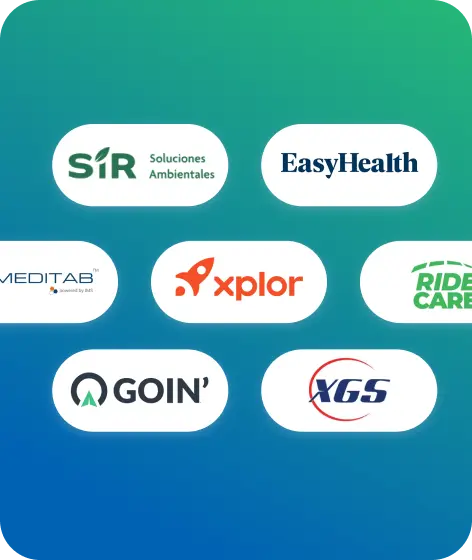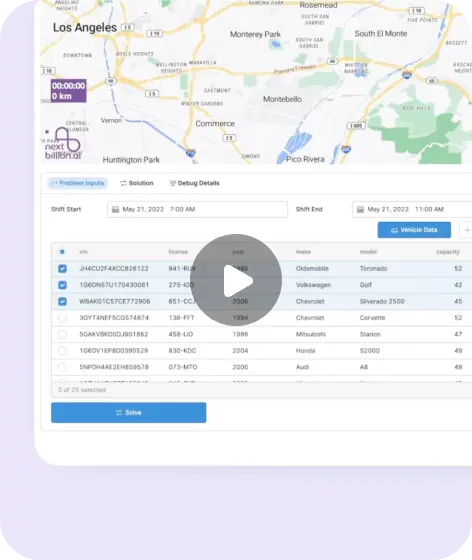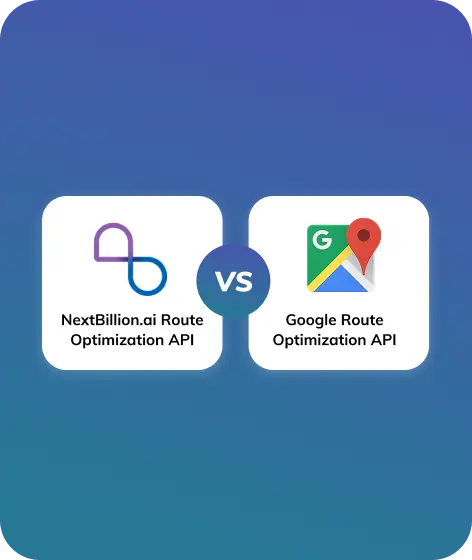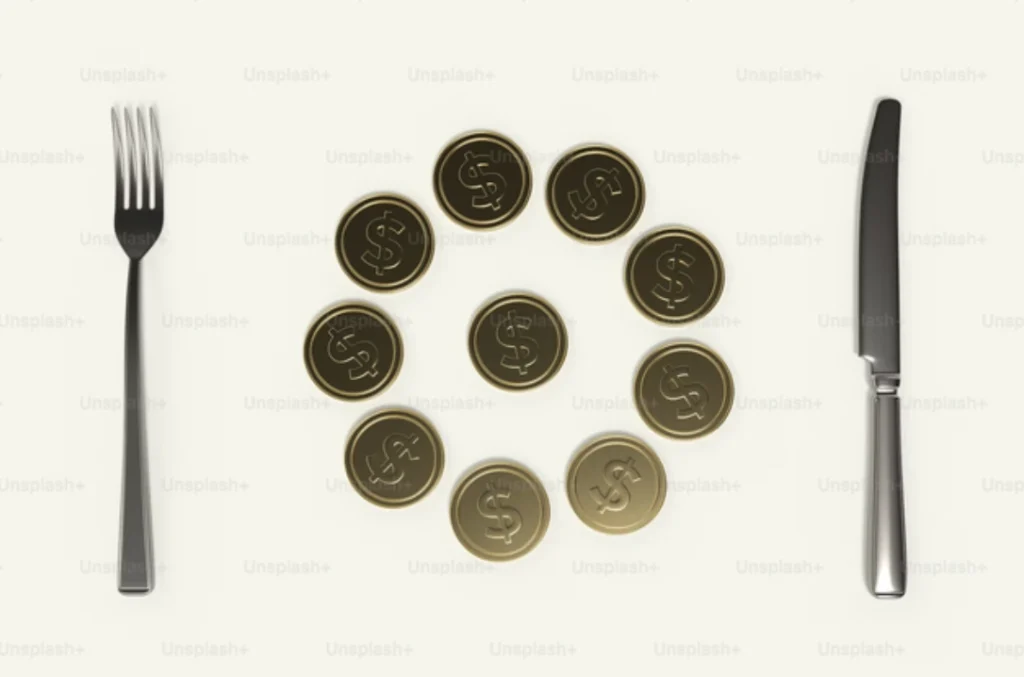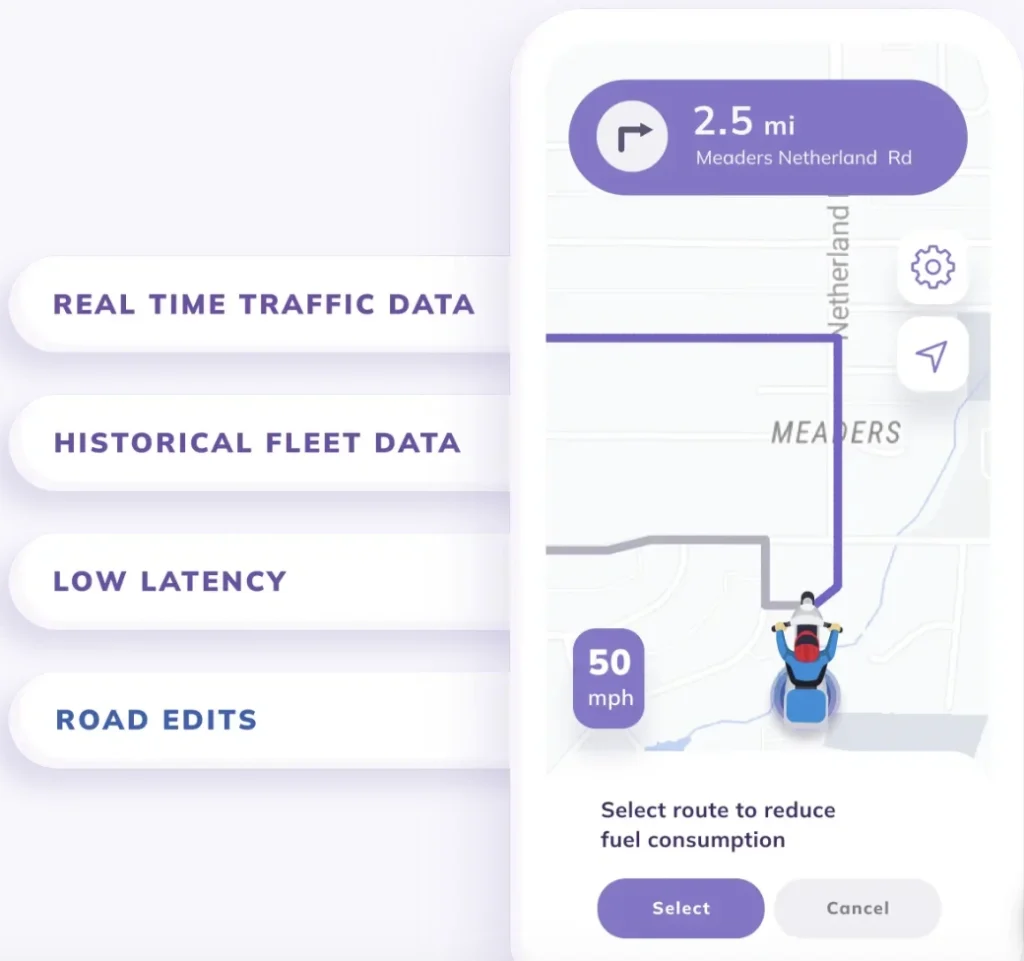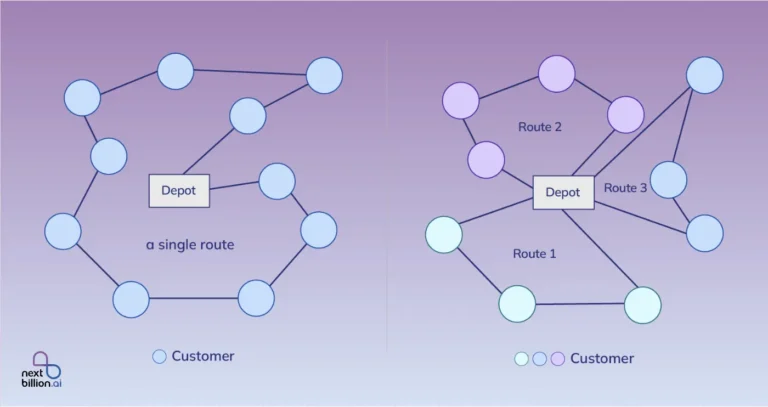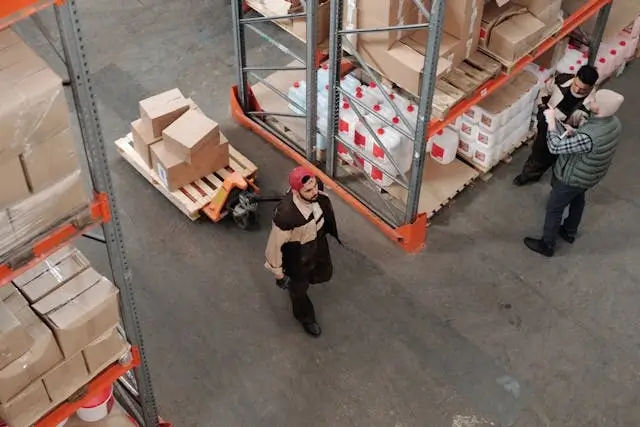
Table of Contents
Starting a food delivery service can be a thrilling and profitable business idea considering how popular online ordering and convenience are becoming. In this type of business model, food is delivered straight to customers’ doorsteps from kitchens or restaurants. Entrepreneurs need to properly prepare and carry out a number of crucial tasks before launching a food delivery service, such as market research, business setup, logistical planning, and marketing.
Here are a few tasks to be considered…
Examine market demand, develop strategy, choose your business model, prepare finances, procure licence, prepare menu, set up kitchen, build promotion platforms, set up delivery logistics, and so on.
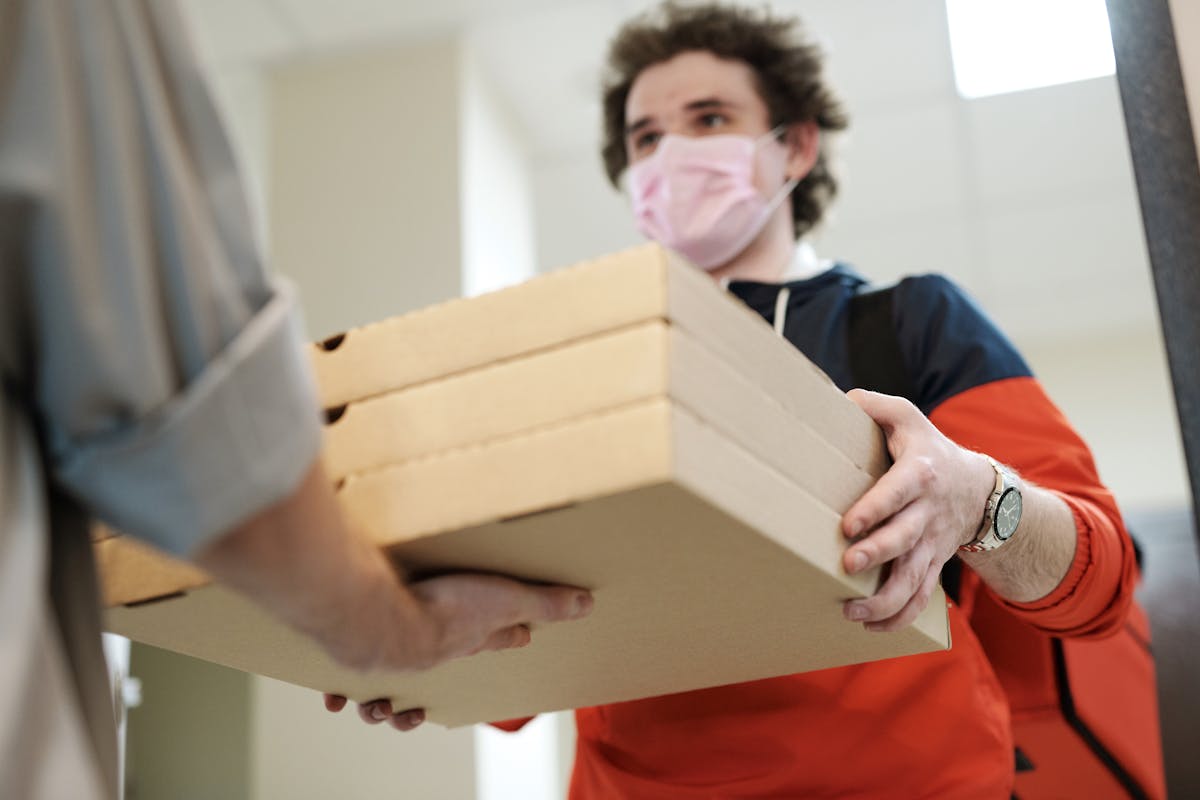
Why Should You Know How To Set Up a Delivery Service?
Knowing how to set up a delivery service is essential for businesses in today’s convenience-focused economy. As demand for on-demand deliveries grows, particularly in sectors like food, retail, and e-commerce, offering a dependable delivery option not only meets customer needs but also broadens a business’s reach. This delivery service can drive sales by attracting a larger audience while giving businesses a competitive edge over those that lack delivery capabilities.
Furthermore, an efficient delivery system optimises logistics, reduces costs, and enhances overall operations. During times of crisis or mobility restrictions (for example, during Covid), having a delivery service ensures business continuity, making it a valuable asset for long-term growth and adaptability.
Step by Step Process on How To Start a Food Delivery Business
In the following sections, I will walk you through the step-by-step process to get you started with your own food delivery business, ensuring you’re equipped with the knowledge to succeed in this growing industry.
The following are the topics covered:
- Food delivery Business plan
- Licences and Permits
- Menu and Pricing strategy
- Set up your kitchen
- Social media presence
- Promote business
- Online ordering system
- Delivery logistics
Develop a Food Delivery Business Plan
Creating a business plan for food delivery is crucial to starting your venture off well and leading it to success. Incorporating the following points into your food delivery business plan will help you create a solid roadmap, ensuring you’re prepared for both challenges and opportunities as you grow:
Do your Market Research
Start by thoroughly researching your target market. Understand the demand for food delivery services in your area, identify your potential customers, and study your competitors. Analyse their strengths and weaknesses to find gaps that your business can fill, such as faster delivery, better customer service, or niche food options. This research helps you position your business strategically to meet market needs and outpace competition.
Define Your Business Model
Next, choose a business model that aligns with your goals and resources. You can partner with local restaurants to deliver their food, operate your own kitchen (cloud kitchen) that exclusively offers delivery, or adopt a hybrid model. Decide whether you’ll manage deliveries in-house or outsource them to third-party logistics providers. Your business model will define your operational structure, delivery method, and scalability.
Develop a Marketing Strategy
A robust marketing strategy is critical for attracting and retaining customers. Create a brand that resonates with your target audience and differentiate yourself from competitors. Leverage digital marketing channels like social media, email campaigns, and SEO to increase visibility. Offering promotions, discounts, or loyalty programs can also drive customer engagement. Make sure your strategy includes local partnerships, community outreach, and targeted ads to grow your customer base.
Create Financial Projections
Finally, develop realistic financial projections to guide your budget and funding needs. Estimate your startup costs, including technology, delivery logistics, marketing, and licences. Forecast your revenue based on the market demand, delivery capacity, and pricing model. Identify break-even points, expected profit margins, and potential risks. Having a clear financial outlook will help you attract investors and ensure you stay on track for profitability.
Get Necessary Licences and Permits
Obtaining the necessary licences and permits is a critical step when you start your food delivery service to ensure that your business operates legally without any potential penalties.
Firstly, you’ll need a general business licence to register your entity, whether it’s a sole proprietorship, LLC, or corporation.
Since food handling is involved, you must obtain food safety and health department permits to comply with hygiene and sanitation standards, particularly if you’re preparing food in-house or running a cloud kitchen.
Additionally, you may need vehicle permits and valid driver licences for those delivering food.
A sales tax permit is also essential to collect and remit taxes on orders. These licences not only ensure legal compliance but also build customer trust in your operations.
Create Your Menu and Pricing Strategy
Creating your menu and pricing strategy is a key aspect of launching a successful food delivery service. Your menu should be carefully curated to offer dishes that travel well. Your menu must reflect the target audience’s preferences. Consider offering a mix of popular items and unique options to stand out from competitors.
Your pricing strategy should reflect your costs, including ingredients, packaging, and delivery expenses, while remaining competitive in the market. Offering deals, discounts, or loyalty programs can also help in repeat orders. Ultimately, a well-designed menu and thoughtful pricing strategy will balance profitability with customer satisfaction, ensuring long-term success.
Set Up Your Kitchen
It is essential to set up your kitchen for a meal delivery business in order to guarantee smooth operations and preserve food quality. The area needs to be designed with the fastest and safest meal preparation in mind, whether you’re creating a new kitchen or utilising an existing restaurant kitchen.
You must invest in grills, stoves, ovens, cookers, food processors, exhaust fans, lighting, and refrigeration systems. It is crucial to follow food safety and hygiene regulations, so make sure your kitchen is set up with spaces set off separately for food preparation, cooking, packaging, and cleaning. On the same line of hygiene regulations ensure to have all chef accessories for the staff who works inside and outside the kitchen. Simplify your inventory control as well to guarantee that you have access to fresh supplies at all times.
Build Your Website or Social Media Presence
A successful food delivery service must establish a strong web presence. With the trending social media presence, you can promote your business across places very easily. Start by building an easy-to-use website that provides a smooth online ordering experience and displays your menu, prices, and delivery options.
To attract local customers, make sure the website is search-engine friendly and responsive on mobile devices. Highlight the unique aspects of your service with clear, captivating information and high-quality images of your meals and kitchen.
Furthermore, create a strong online presence on social media sites such as Facebook, Instagram, Twitter, and so on in order to interact with clients and connect with your audience. You can also publish updates and promotions on these platforms. To increase brand recognition and increase website traffic, use targeted advertising and consistent postings.
Launch and Promote Your Business
Launching and promoting your food delivery business involves strategy in order to create buzz and to draw customers. Here are a few of them you can implement:
- Start by planning a launch party or marketing campaign to spark interest and present your service to the community.
- Provide exclusive discounts, time-limited promotions, or complimentary shipping to attract new customers and promote trial.
- Use email marketing, social media, and local advertising to promote your unique selling propositions and any introductory offers.
- Partner with local influencers or food bloggers to review and promote your service, and to leverage their reach to attract a broader audience.
- You should also interact with customers through interactive material like surveys and contests.
Set Up an Online Ordering System
Setting up an Online Ordering System for your food delivery service is essential for streamlining operations and enhancing customer experience. For this you must consider two important things, one is to choose an e-commerce platform and another is to choose a simple ordering process.
Choose an E-commerce Platform
You must choose an e-commerce platform that suits your requirements, such as a custom-built website, a third-party service, or a restaurant-specific ordering system. Ensure the platform integrates seamlessly with your existing operations, supports online payments, and offers features like order tracking and customer management. For example, you can use NextBillion.ai Route Optimization for these E-commerce platforms.
Create a Simple Ordering Process
You must design a simple and intuitive ordering process. The interface should be user-friendly, allowing customers to easily browse your menu, customise their orders, and complete transactions with minimal effort. There must be coupons available for customer satisfaction. There must be an option to cancel the order within a time frame if ordered incorrectly. Incorporate a comprehensive customer support for customers to raise issues, and to provide suggestions.
Set Up Your Delivery Logistics
Setting up your delivery logistics involves several key steps to ensure efficient and reliable service. Following these steps will help you set up a robust delivery logistics system that enhances efficiency, improves customer satisfaction, and supports the growth of your food delivery business. Here is a step-by-step process:
Choose Your Delivery Method
Firstly, choose your delivery method. You can either build your own delivery fleet or partner with third-party delivery services. Owning a fleet provides more control over delivery quality and operations but requires investment in vehicles and staffing. Outsourcing can offer cost savings and flexibility, but it requires selecting reliable partners who meet your service standards.
Should You Invest in Your Own Delivery Fleet, or Outsource?
Assess your business needs and budget to determine whether to invest in an in-house delivery fleet or outsource. If opting for your own fleet, plan for vehicle procurement, driver recruitment, and training. If outsourcing, choose reputable delivery partners and establish clear agreements on service expectations and performance metrics.
Decide Your Cut-off Times and Delivery Time Windows
Set deadlines for orders to guarantee prompt processing and delivery. Based on your operating capacity and the expectations of your customers, establish delivery time windows that are reasonable. Clearly communicate these times to customers to manage their expectations and reduce order delays.
Plan and Optimise Your Delivery Routes
Create effective delivery routes to cut down on travel time and costs. Utilise route optimization tools (for example, NextBillion.ai’s Route Optimization) and software to plan the most effective delivery paths. This will help reduce fuel consumption, enhance delivery speed, and improve overall operational efficiency.

How NextBillion.ai Can Help Your Food Delivery To Grow
Implement NextBillion.ai’s advanced solutions to further optimise your delivery logistics. NextBillion.ai’s platform provides powerful route optimization and real-time tracking features, allowing you to manage delivery schedules more effectively and adapt to changing conditions. You can optimise your On-Demand Delivery with NextBillion.ai’s order batching and territory planning solutions.
By integrating these tools, you can enhance operational efficiency, improve delivery times, and support the growth of your food delivery service. With NextBillion.ai Delivery Driver App and Route Optimization API you can manage both the planning and execution of deliveries.
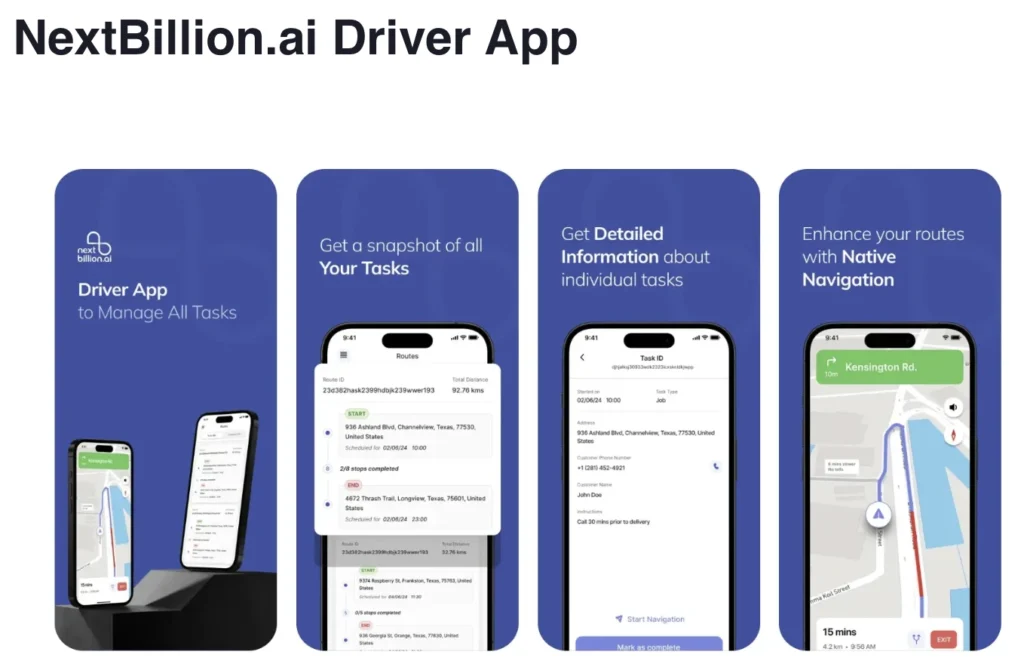
Conclusion
Launching a food delivery service involves careful planning and execution across various aspects, from setting up your kitchen and establishing a robust online ordering system to optimizing delivery logistics and choosing the right business model. By conducting thorough market research, defining a clear menu and pricing strategy, and securing the necessary licences and permits, you lay a solid foundation for success. Leveraging advanced technologies like NextBillion.ai can further enhance route optimization and operational efficiency, supporting growth and customer satisfaction. With strategic promotion, effective use of online platforms, and a well-managed delivery process, your food delivery service can thrive in a competitive market, offering convenience to customers and driving sustainable business success.
When NextBillion.ai provides all solutions to optimise your Food Delivery Service, why look for another…just go ahead and <Book a Demo> to begin your journey with NextBillion.ai’s products and services.
About Author
Prabhavathi Madhusudan
Prabhavathi is a technical writer based in India. She has diverse experience in documentation, spanning more than 10 years with the ability to transform complex concepts into clear, concise, and user-friendly documentation.

